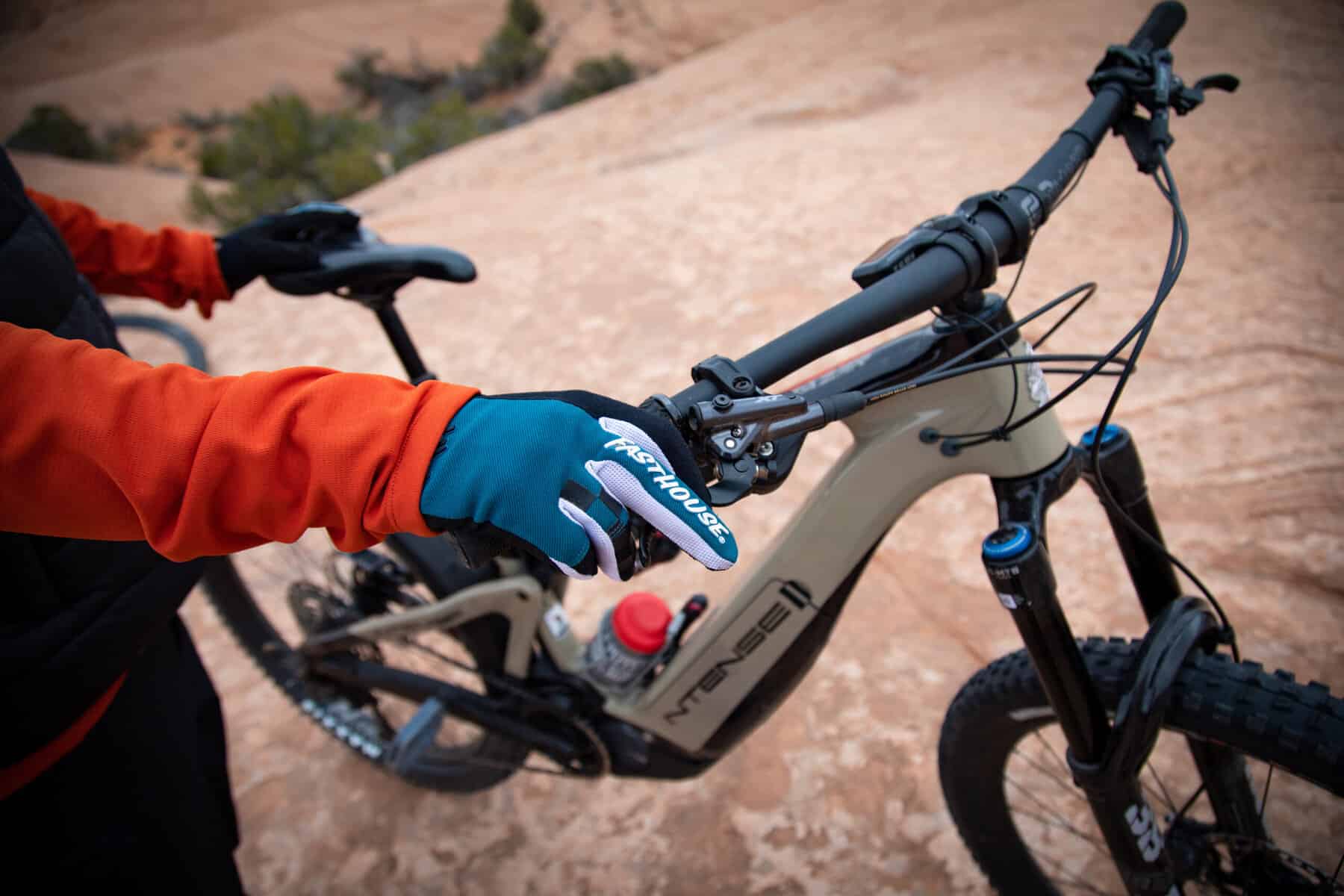
Remember the days when a carbon framed mountain bike was a rarity, only seen ridden by pro riders in prototype form? You would hear things like “I don’t trust it, it’ll break”, or “it’s too expensive, it’ll never be mainstream”.
Those days are long gone. Carbon bikes are more common now than alloy (aluminum), at least in the mid range to high end bikes built for real trail riding. Why? Weight savings mainly. Carbon is much lighter than aluminum. The ride characteristics of a carbon bike also feel different. Carbon offers a more dampened feel as it absorbs a lot of chatter that an aluminum frame doesn’t.
However, aluminum is far less expensive, and is much more durable in a crash situation than carbon. Over time, aluminum will fatigue faster than carbon from every day use, but carbon will be rendered useless if it gets a hard smack on a rock and cracks.
Almost all prototype bike designs nowadays come in aluminum first. As the product is tested, adjustments are made, and eventually the final product is carbon fiber. Thus, you will actually see many pro riders on aluminum bikes most of their races due to continual testing on prototype equipment.
From personal experience, you really can’t beat the feeling of a crisp, tight, quiet carbon bike. For trail riding in moab its the go to bike for us. If you jump on a 1 year old carbon bike, and a 1 year old aluminum bike, there is a definite difference. Aluminum bikes get “tired”. Carbon bikes just don’t. They always feel new even after years of use.
Consider the frame as your center, core, foundation of your ride. If your frame is tired, it’s like having a weak core in your own body. Everything else is less effective with a weak core. That means the bike is less predictable, feels sluggish, and probably has a fair bit of unwanted creaking associated with the ride experience too.
In summary, both materials are great. If you plan to ride the same bike for the next 5 years, we strongly suggest carbon. If you plan to fish the waters and find out what bike you like, and need to do it on a budget, go for alloy.
Next article we will go into spoke tension, rim material, tires, and tire pressure. There are endless combinations but some winners that fit most riding applications.
Happy trails!
